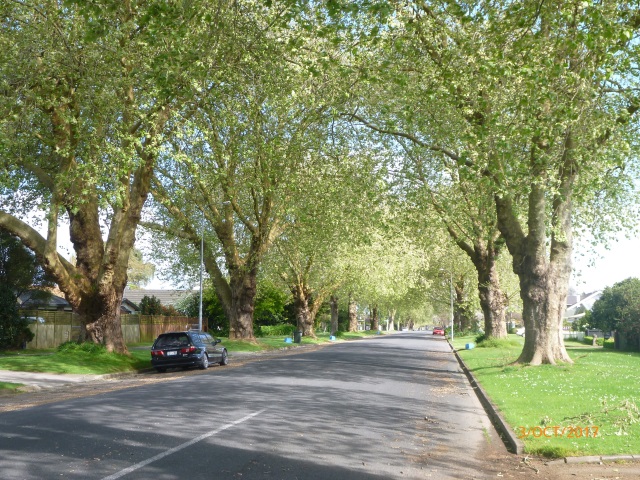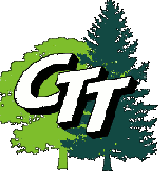
Hall St, the most beautiful street in Cambridge.
The London Plane (Platanus x acerifolia), is the quintessential urban tree that, along with the English oak, was the basis for early town planting in Cambridge. A hybrid of the Eastern plane of Turkey and Greece and the western plane of the Americas, its great attractions are fourfold: in autumn the soft yellow of its leaves, in winter the graceful arching tracery of its weeping twigs, the year-round beauty of its marbled bark, and the power of its form to ‘save town architecture from itself’. As Hugh Johnson writes, ‘streets where it is allowed to fulfil itself, as it is in countless Provencal villages, are among the most stately, be the houses mere hovels.’
This is the kind of stunning streetscape that gives Cambridge its reputation as Town of Trees, but for how much longer? As the population grows rapidly and developers grind out every last cent from their financial investment by cramming houses on to tiny sections incapable of accommodating even a modest-sized shade tree, and even the streets are too narrow for a liquidamber or claret ash, the town is in danger of becoming the Town of Shrubs and Brown Wooden Fences. But what about the social, health and environmental investment?
Long after the developers have gone, residents have to live with the results of their miserly short-sightedness. It is well past time that Council came up with a solution to this dilemma. We need a policy and planning rules that provides for at least all playgrounds, all roundabouts and all arterial routes through subdivisions to incorporate large trees such as these to provide these wonderful streetscapes for future generations. Furthermore, all greenfields developments should be obliged to retain all mature trees. This would be a start, but it is time for the Cambridge community to have serious conversations about these matters and bring pressure to bear on Council. They are supposed to represent residents, not developers.

